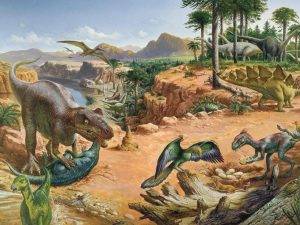
How many dinosaurs were there in ancient times?
First, scientists speculate that there may be 1,800 different kinds of dinosaurs in total.
As for the number of dinosaurs, scientists cannot calculate directly, because not every dinosaur becomes fossil, and only a few individuals become fossils. But scientists can make rough guesses.
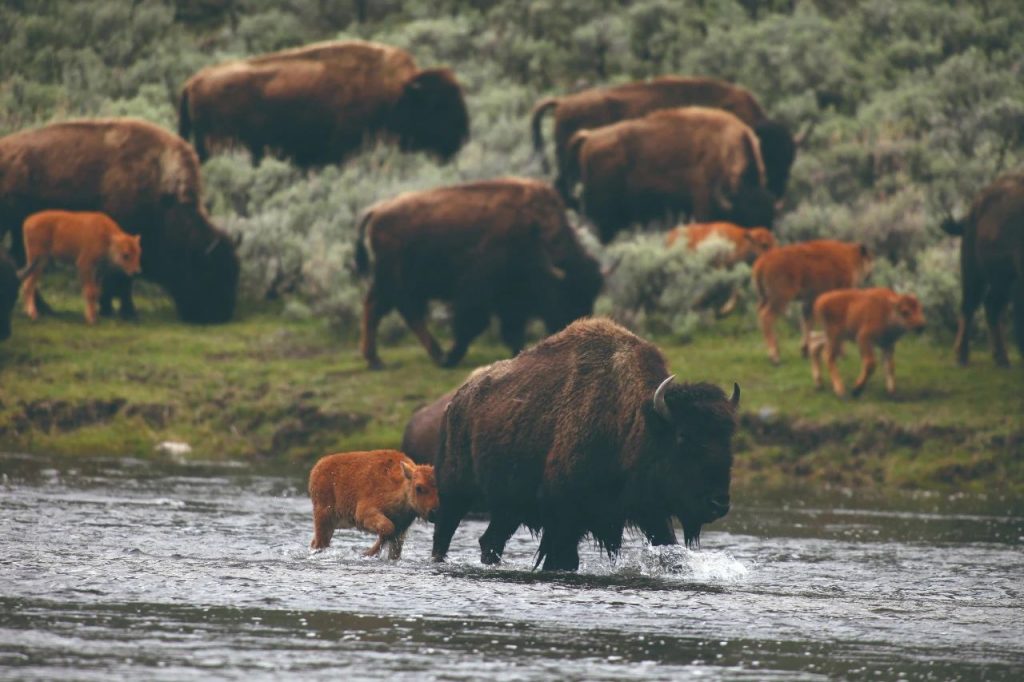
There were about 20 million bisons on the North American continent in the 18th century. They are also larger animals, 2 meters high and 3.5 meters long.
This number represents the number of larger animals that can be achieved on a land as large as North America without the interference of human agriculture and industry.
Using this as a reference, scientists estimate that in the late Jurassic, the peak period of dinosaurs, there were about 60 million dinosaurs based on the global land area, plant species at the time, and the size of dinosaurs. But the exact number remains to be verified.
Why can dinosaurs grow so big?
This is the result of natural selection. For many animals, under the pressure of survival, the larger the size, the safer. The larger an animal is, the more it can survive and thrive from predators.
In addition, an animal that is larger than its kind can obtain more food in food competition, and it can obtain mating rights in the process of reproduction. Moreover, for the race, it can also help its kind to obtain more. To ensure the survival of the ethnic group.
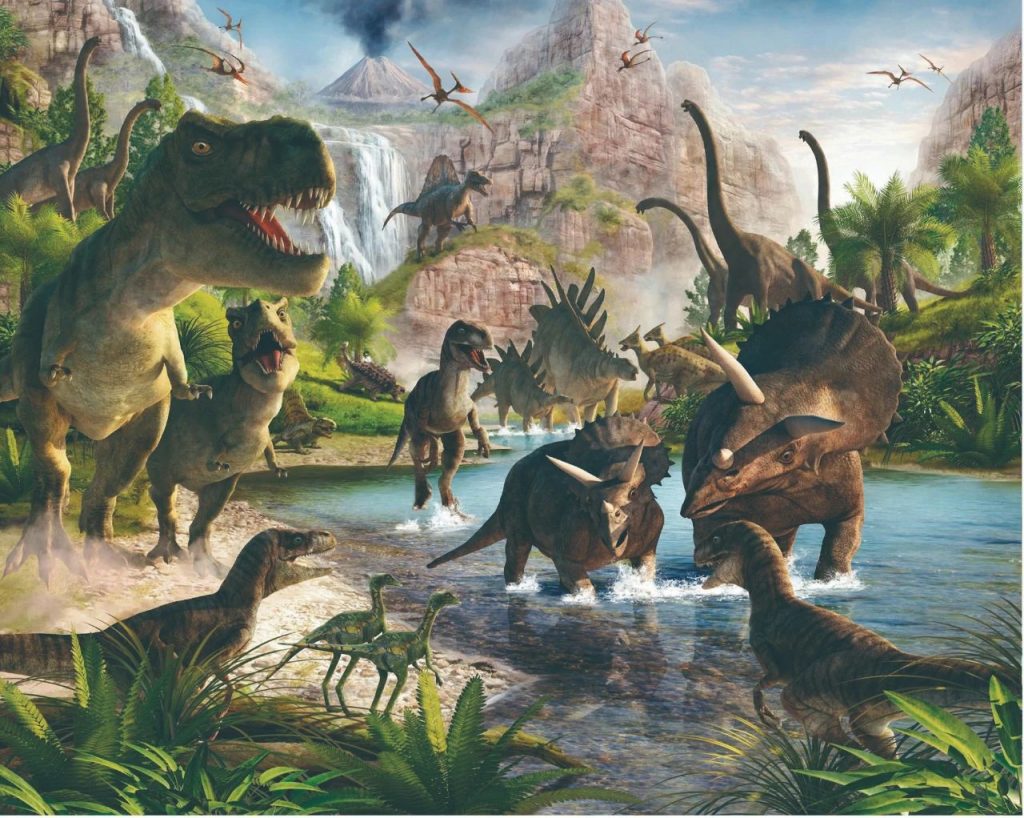
In the era when dinosaurs grew stronger, because the fourth extinction helped them wipe out all the large natural enemies, the survival pressure of dinosaurs only came from their own race, and the degree of survival pressure was just right.
Moderate survival pressure plus abundant food, and the bigger the dinosaur, the more likely it is to obtain mating rights, which makes the dinosaurs grow in size. Paleontologists discovered based on dinosaur fossils that in the late Jurassic period, some dinosaurs that used to walk on two feet were so big that they could walk on four feet.
Having ruled the earth for so long, why didn’t the dinosaurs evolve higher intelligence?
In fact, dinosaurs are very likely to have evolved extraordinary intelligence! Take the survivors from the age of dinosaurs—birds as an example.
Scientists in Japan have observed that crows learn to throw nuts on tram tracks, use trams to help them break the nut shells, and then use traffic lights to determine whether they are safe. And retrieve the nuts when safe.
Therefore, we can at least be sure based on this that the intelligence of some dinosaurs is actually not as low as we saw in the movie.
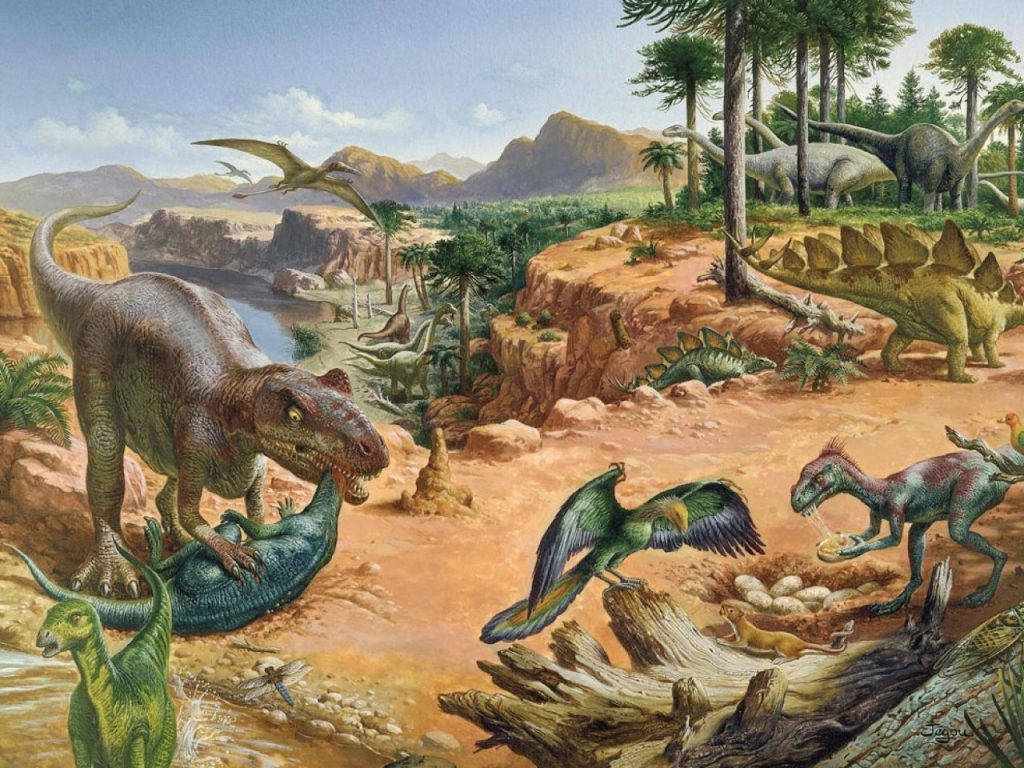
In addition, any evolution of animals is for their own survival. The reason why birds have not evolved human-like intelligence is because more developed brains will consume more energy for them, which will adversely affect their survival.
The path of animal evolution is not only intelligence, and the extreme of intelligence may not always be the best choice for evolution. After all, human beings have only a few million years of high intelligence, and it has only really ruled the earth for thousands of years, but dinosaurs have ruled the earth for more than 100 million years.
Therefore, whether the path of intellectual evolution is better than physical evolution has yet to be tested by time.
Are dinosaurs cold-blooded or warm-blooded animals?
At present, we are not sure whether the dinosaurs are cold-blooded or warm-blooded. In the beginning, dinosaurs were once considered cold-blooded animals because they resembled lizards.
As more and more dinosaur fossils have been found, paleontologists have discovered that dinosaurs’ body size changes more similarly to those of birds and mammals. Before adulthood, the size of dinosaurs accelerated, but after adulthood, the size of dinosaurs is not like that of birds. Like mammals, the species stopped changing, but the growth rate was slower.
This means that dinosaurs are likely to be warm-blooded animals like birds and mammals.
means that dinosaurs are likely to be warm-blooded animals like birds and mammals.
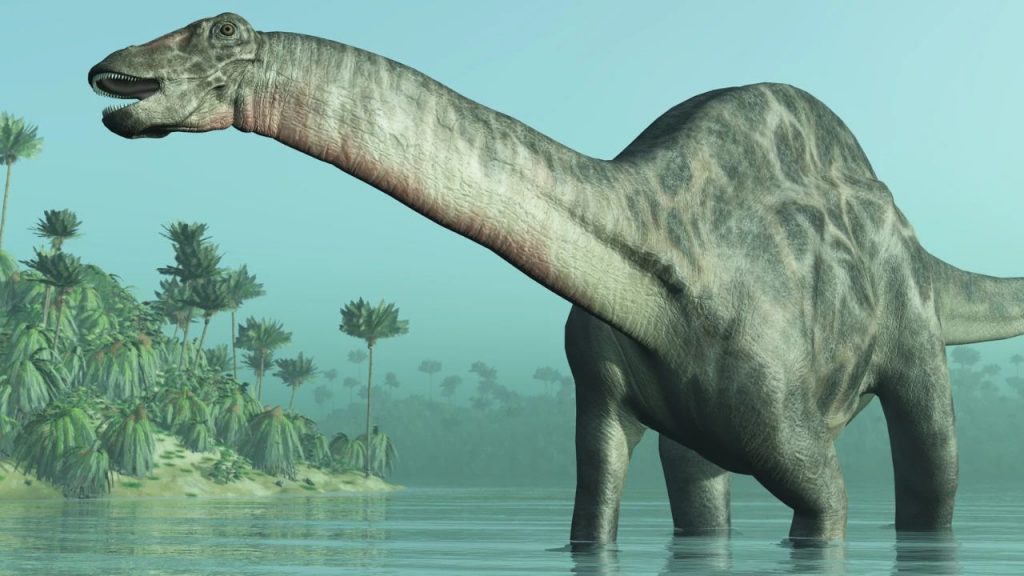
In addition, some dinosaurs live in cold regions. If they are cold-blooded animals, it may be difficult to sustain themselves by absorbing heat from the environment.
However, some paleontologists have put forward different views. Some larger dinosaurs, such as Argentinosaurus, have very long necks. If Argentinosaurus is a pure warm-blooded animal, then it must have a super powerful heart, otherwise it is difficult for it to pump a lot of blood to the head. , In order to maintain their own survival, this is also true for other dinosaurs.
Therefore, dinosaurs may not only metabolize heat by themselves, but also absorb heat from the environment like cold-blooded animals.
How did the names of the dinosaurs come from?
In most cases, paleontologists will name the dinosaurs based on their distinctive physical characteristics or behaviors.
For example, the skull of a triceratops has three conspicuous horns, so it is named “Triangle”. So how do paleontologists know the remarkable behavior of a certain dinosaur?
Through dinosaur fossils. For example, the skull of a dinosaur is much larger than other dinosaurs, and it has fangs and sharp teeth. At the same time, it has strong hind leg bones, but its forelimbs are unusually short, and its body is much larger than other dinosaurs.
All indicated that this dinosaur was a predator and the overlord among dinosaurs, so paleontologists named it “Tyrannosaurus”.
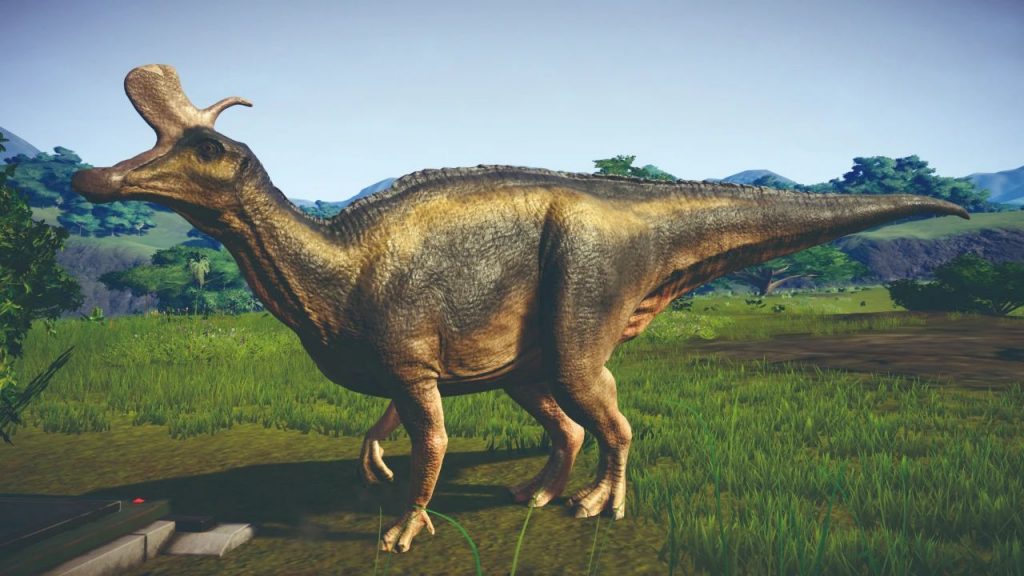
The Rannosaurus rex was named after its discoverer, “Rambo”.
Other dinosaurs got their names from the place where it was first discovered, such as Argentinosaurus and Denver.
There are also some dinosaurs named after the discoverer, such as Lansaurus. Like other animals, the name of a dinosaur must be approved by the International Animal Committee before it is officially determined to maintain consistency in the name and avoid duplication of names.
Comments